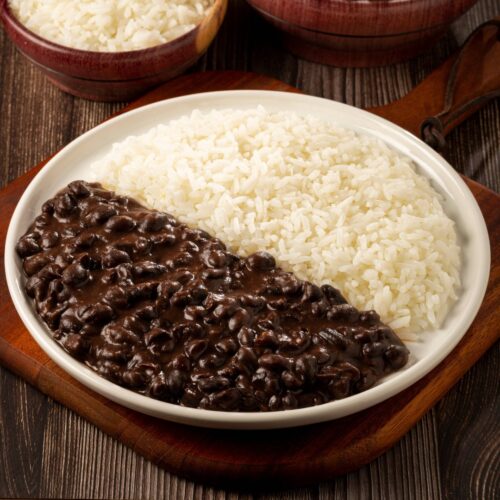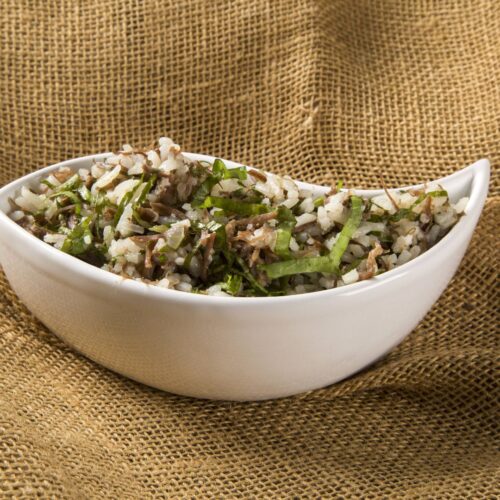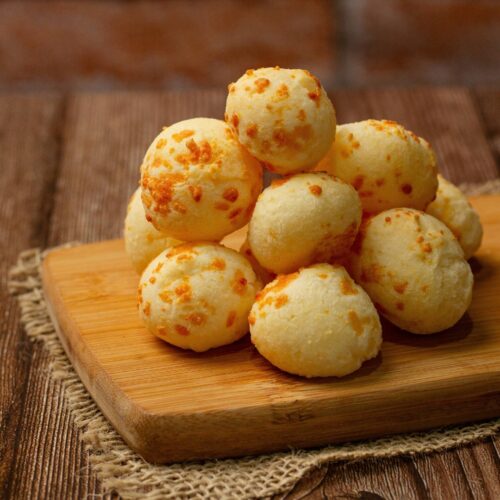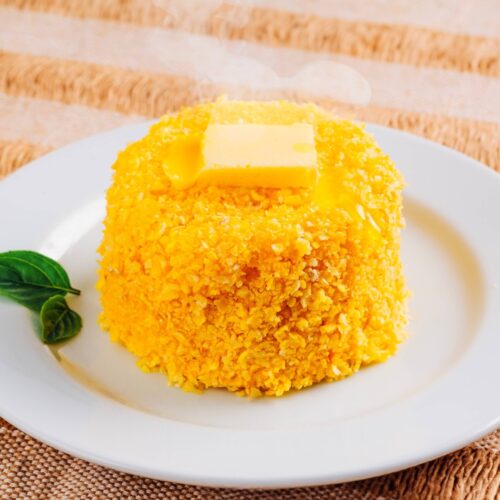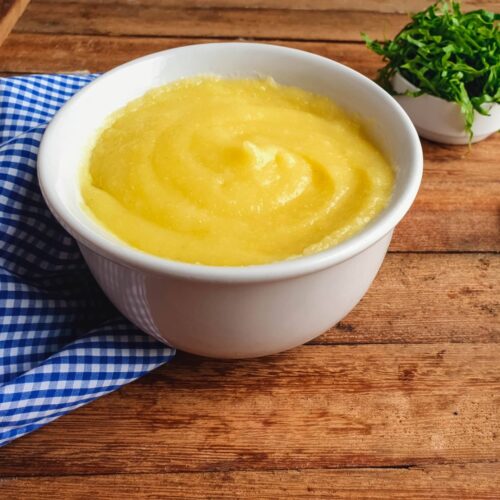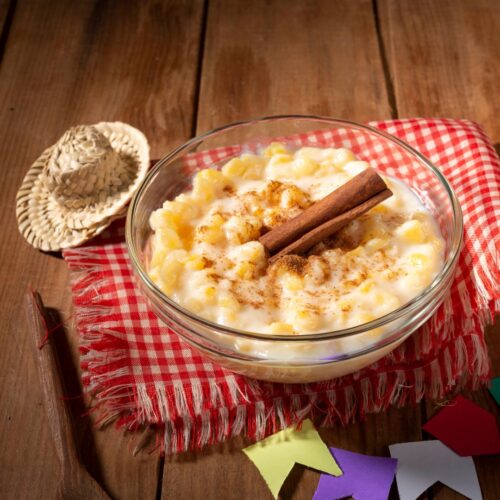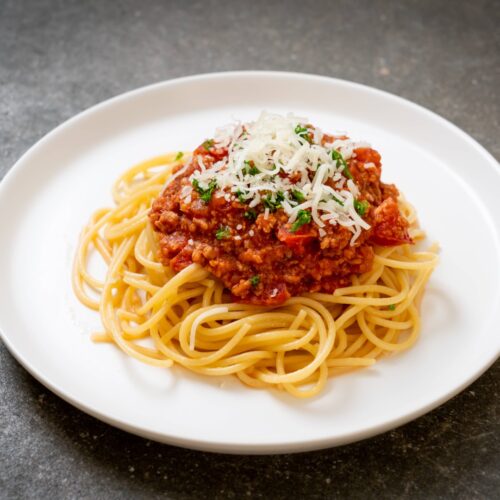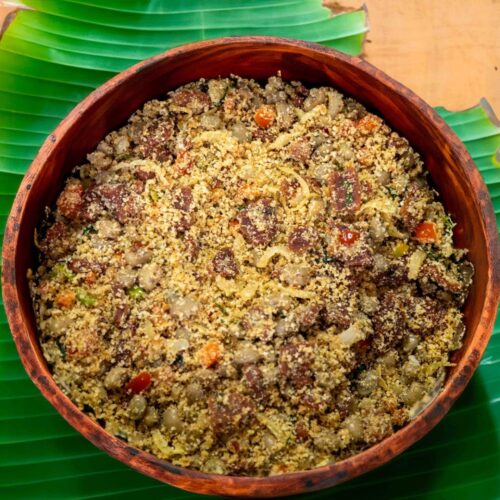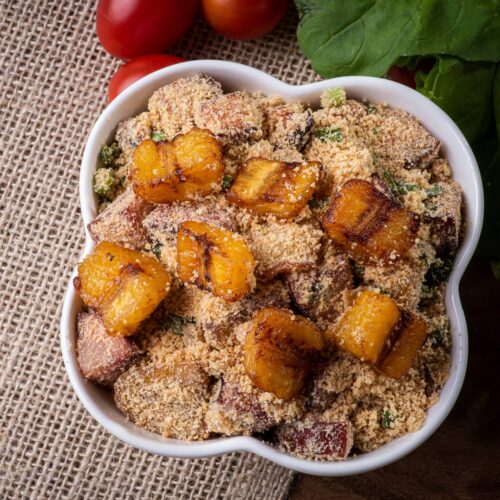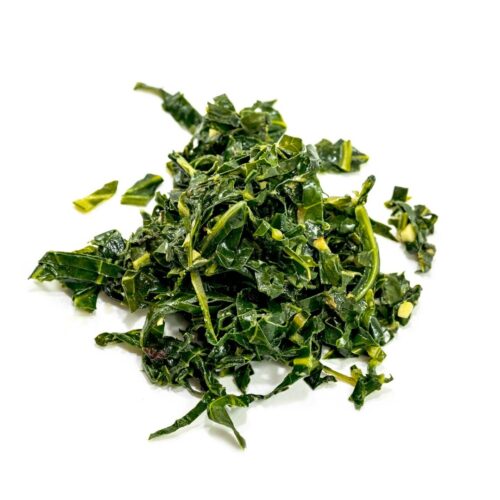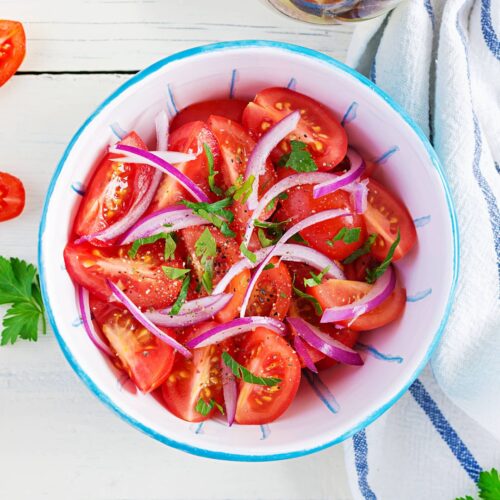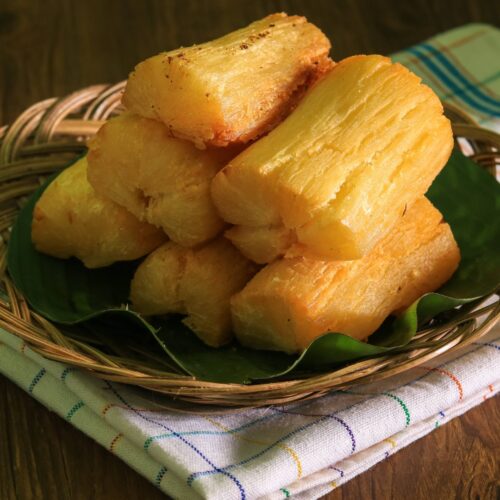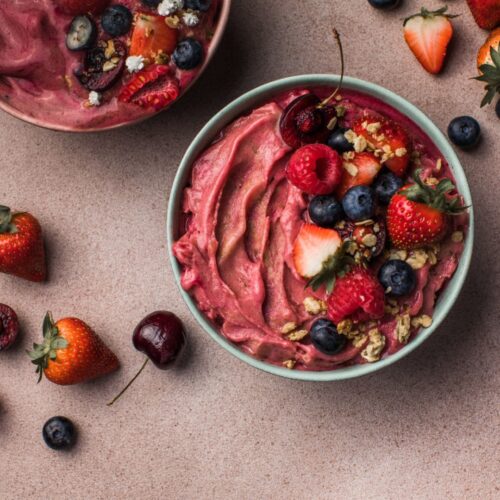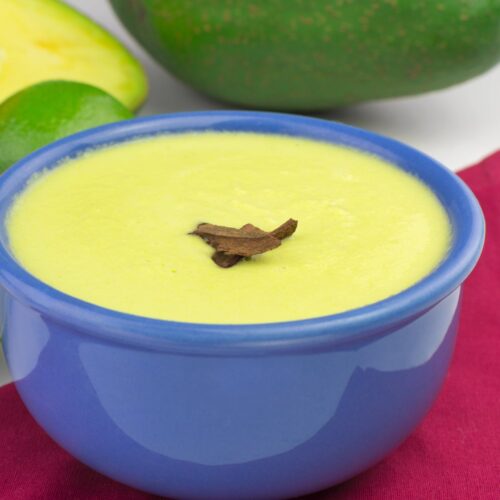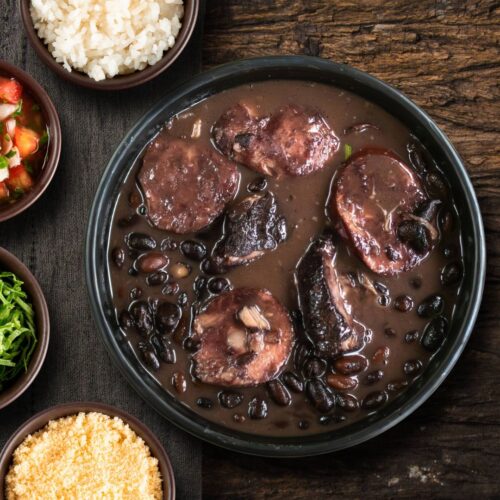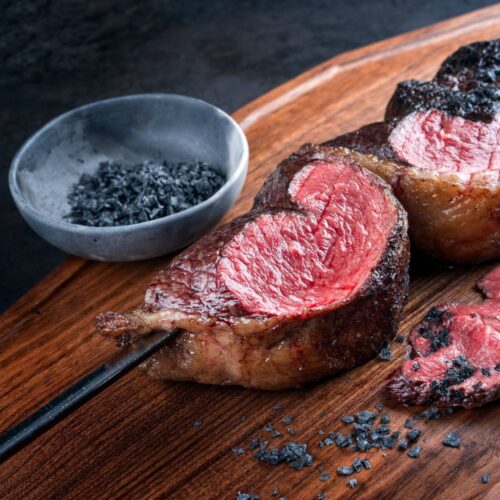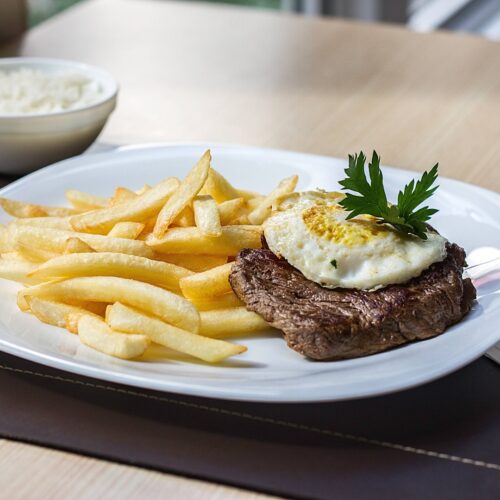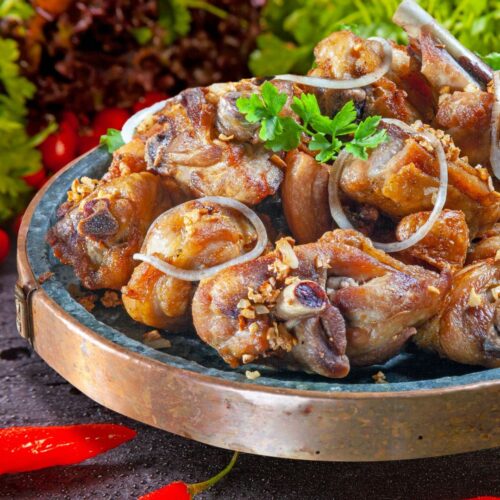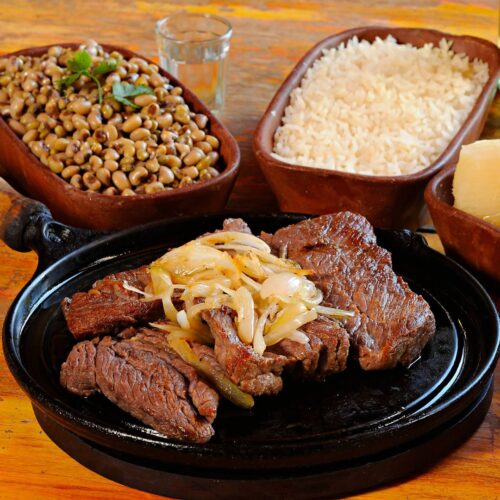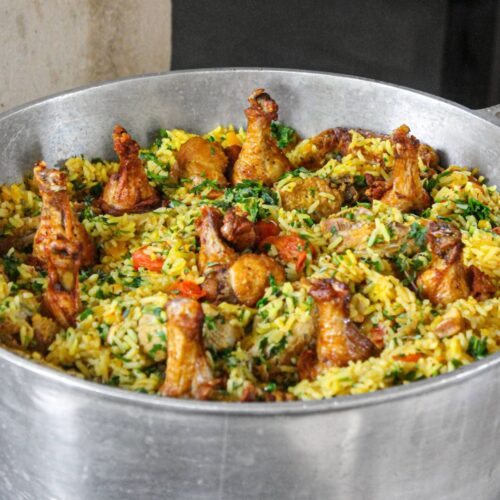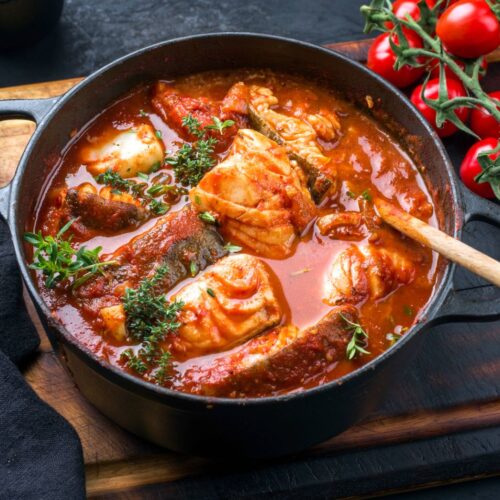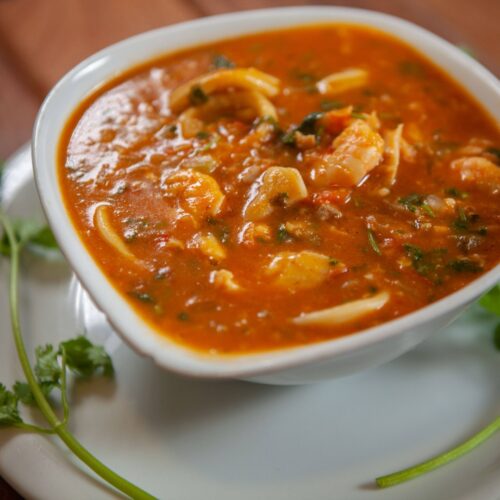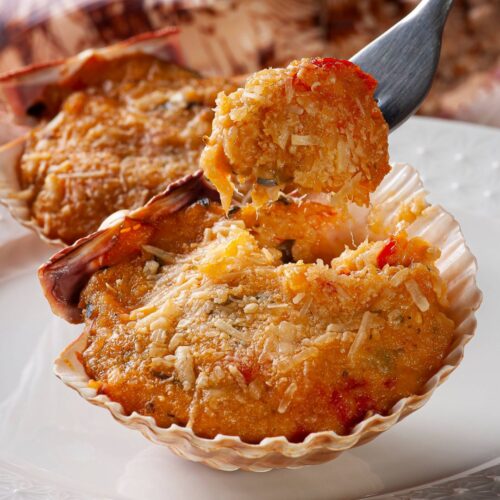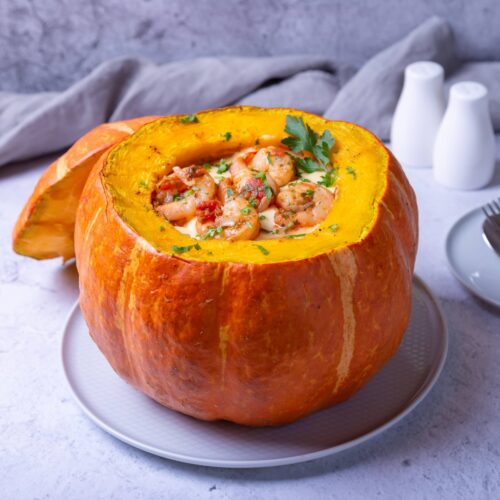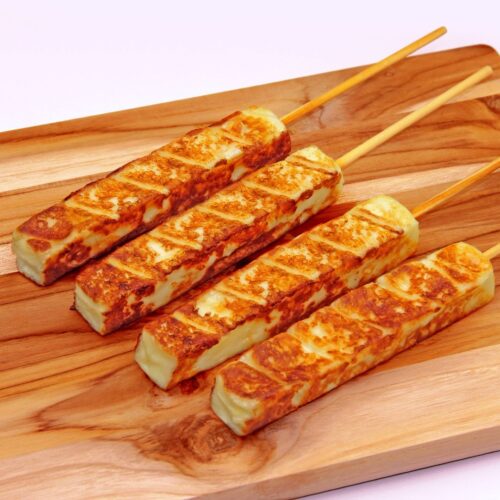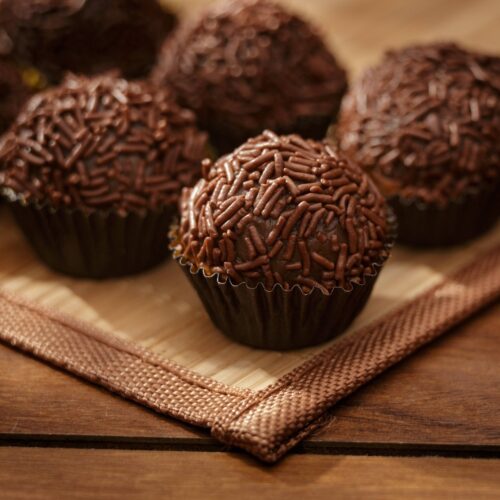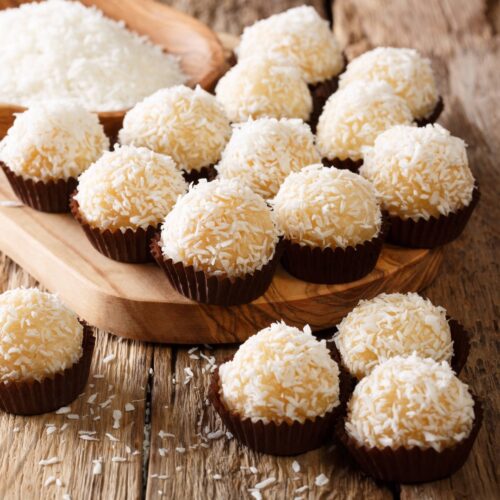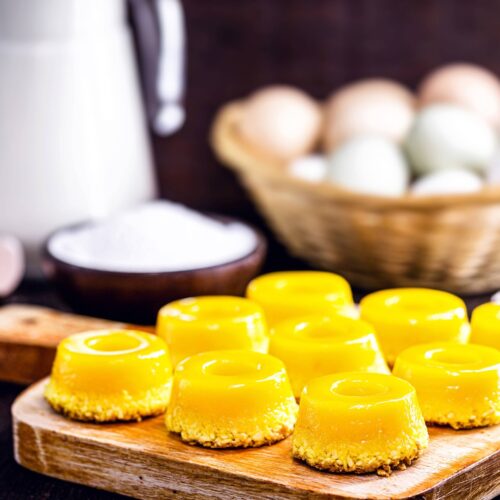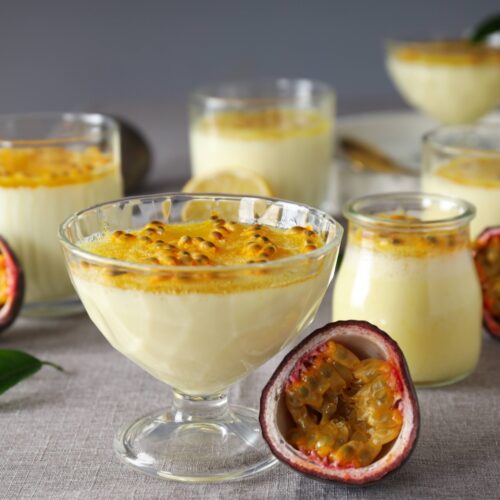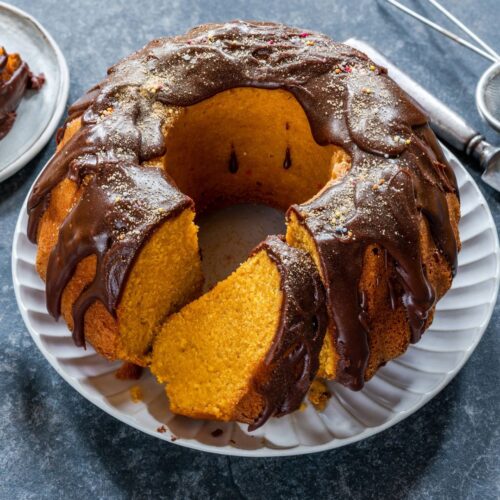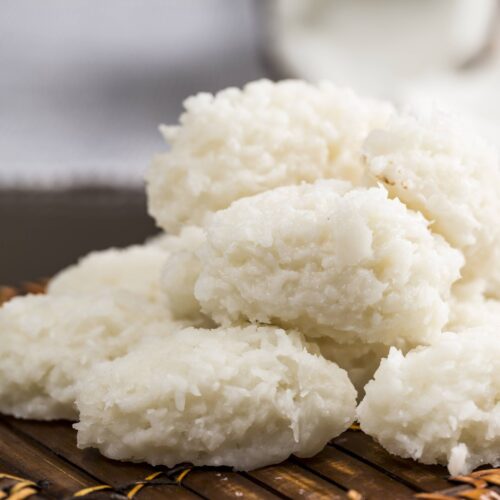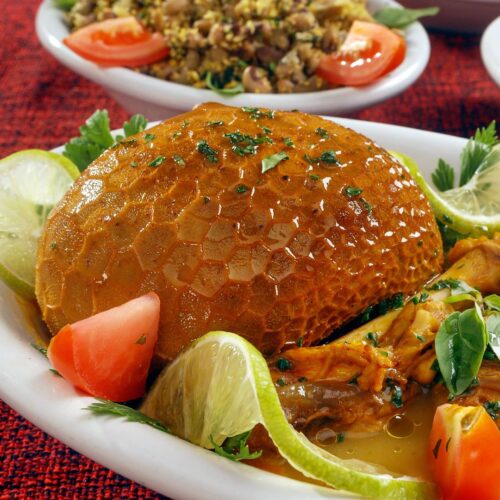Brazil is a sprawling, sun-drenched country of 215 million people, known for their warmth and zest for life, churrasco barbecues (Brazil produces 26% of the world’s beef) and cheering for football (the only country to win 5 World Cup titles). The largest economy in Latin America thrives on agriculture…
Brazilian food: discover traditional cuisine
5 most similar countries by ingredients
5 least similar countries by ingredients
Country Food Similarity Index https://objectivelists.com/country-food-similarity-index/
Other tabs are just a click away
The average Brazilian daily plate size is
1942 g.
Grains
Fish and seafood
Produce
Eggs and dairy
Meats
Sugar, fats and nuts
Core ingredients
Herbs
PARSLEY
BAY LEAVES
CILANTRO
CULANTRO
OREGANO
CHIVES
Spices
BLACK PEPPER
ANNATTO/ACHIOTE
CUMIN
PAPRIKA
CLOVES
CINNAMON
CORIANDER
DRY CHILI
ALLSPICE
Aromatics
ONION
GARLIC
TOMATO
LIME
CHILI PEPPERS
BELL PEPPERS
LEMON
ORANGE
Condiments
PORK FAT
COCONUT MILK
TUCUPI
CASSAREEP
SUGARCANE MOLASSES
CANE VINEGAR
ACHIOTE PASTE
PALM OIL
Grains
ARROZ E FEIJÃO – rice and beans, one of the most fundamental dishes in Brazilian daily cuisine. It’s a nutritious combination that forms the base of many Brazilian meals, served alongside meat, salad, and sometimes farofa (toasted cassava flour).
ARROZ CARRETEIRO – a rice dish traditionally made by cart drivers (hence the name) with dried meat (charque), onions, and tomatoes. It’s now a common home-cooked meal throughout Brazil.
PÃO DE QUEIJO – These famous cheese breads are made with tapioca flour (also from manioc), making them naturally gluten-free. They’re a staple breakfast and snack food found everywhere from home kitchens to cafes.
CUSCUZ DE MILHO – a cornmeal-based dish particularly popular in northeastern Brazil. Unlike North African couscous, this is made from coarse cornmeal steamed into a firm, moldable texture and often served for breakfast with butter, cheese, or eggs.
ANGU – similar to polenta, this is a cornmeal porridge that’s cooked until very thick and served with meat and sauce.
CANJICA – a sweet porridge made from white corn (hominy), coconut milk, and condensed milk. It’s especially popular during June festivals.
MACARRONADA – a very common Sunday lunch dish in Brazilian homes, it’s a spaghetti with a rich tomato meat sauce that’s more heavily seasoned than Italian versions. Brazilians serve it with lots of grated cheese and sometimes olive oil.
Produce
FAROFA – a toasted cassava meal. Most recipes will also contain smoked meat, salt, and spices. Textures vary, from large grains to powder. Most farofas have a very smoky and slightly salty taste.
FAROFA DE BANANA – this popular version incorporates sautéed bananas, creating a sweet-savory side dish that accompanies many meals.
COUVE À MINEIRA – finely sliced and sautéed collard greens, a staple side dish particularly associated with Minas Gerais but popular throughout Brazil. It’s essential with feijoada.
SALADA DE TOMATE COM CEBOLA – a simple but ubiquitous salad of sliced tomatoes and onions dressed with olive oil and vinegar, found on most Brazilian tables.
MANDIOCA COZIDA/FRITA – boiled or fried cassava is extremely popular, served as both a side dish and a snack. The boiled version is served with butter and sometimes meat drippings.
AÇAÍ NA TIGELA – frozen açaí berry pulp served as a thick smoothie bowl.
CREME DE ABACATE – avocado cream, served as a sweet dish with sugar and lime.
Meats
FEIJOADA – Brazil’s most famous dish. This black bean stew features various cuts of pork (including ribs, feet, ears, bacon or sausage) and is served on Saturdays with rice, farofa, and collard greens.
PICANHA – the most prized cut of beef in Brazil (top sirloin cap), grilled on skewers with coarse salt. It’s the star of any churrasco (Brazilian barbecue) and found in restaurants nationwide.
BIFE A CAVALO – a steak topped with a fried egg, usually accompanied by French fries and sometimes salad.
FRANGO À PASSARINHO – crispy fried chicken pieces seasoned with garlic, lime, pepper and salt. It’s a beloved bar food and home-cooked dish served across the country.
CARNE DE SOL – sun-dried salted beef of limited shelf life. particularly popular in northeastern Brazil but enjoyed nationwide. Carne de sol is sometimes fried and served as a hamburger, or baked in the oven or, more traditionally, prepared as savory snack. It is used as a substitute for fresh meat in areas lacking retailing infrastructure.
GALINHADA – a hearty chicken and rice dish seasoned with saffron or turmeric, similar to paella but with Brazilian seasonings. Common in home cooking.
Fish and seafood
MOQUECA – a rich seafood stew made in two styles: moqueca baiana – made with coconut milk, dendê (palm) oil, and seafood, and moqueca capixaba – made without coconut milk or dendê , but olive oil instead. Both versions include fish, shrimp, tomatoes, onions, and cilantro.
BOBÓ DE CAMARÃO – a creamy shrimp dish made with cassava purée, coconut milk, and dendê oil. While originally from Bahia, it’s now popular nationwide.
CASQUINHA DE SIRI – seasoned crab meat served in the shell, mixed with breadcrumbs and herbs, then baked. It’s a popular appetizer in coastal regions.
CAMARÃO NA MORANGA – shrimp prepared in a creamy sauce and served inside a roasted pumpkin. Despite being elaborate, it’s widely popular for special occasions.
VATAPÁ – a creamy seafood dish made with shrimp, coconut milk, bread, peanuts, and dendê oil.
Eggs and dairy
FAROFA DE OVOS – scrambled eggs with toasted manioc flour – typical food of Brazil.
QUEIJO COALHO – a firm, squeaky grilled cheese, served on skewers. It’s particularly popular at beaches and street fairs but is also grilled at home.
REQUEIJÃO – a creamy spread somewhere between ricotta and cream cheese in texture. It’s a breakfast staple and cooking ingredient found in virtually every Brazilian home.
Sugar, fats and nuts
BRIGADEIROS – chocolate truffles are the national sweet of Brazil. Made from condensed milk, cocoa powder, and butter, then rolled in chocolate sprinkles. They’re essential at birthday parties and found at every celebration.
BEIJINHOS – similar to brigadeiros, but made with coconut instead of chocolate. They’re almost as popular and are also a birthday party staple.
PUDIM – Brazilian flan, made with condensed milk. Pudim is way more present in Brazilian culture than regular flan in other countries. It’s served everywhere from homes to restaurants and is a standard dessert option.
QUINDIM – a bright yellow custard made from egg yolks, sugar, and coconut. It has a distinctive glossy top and firm texture.
MOUSSE DE MARACUJÁ – passion fruit mousse is incredibly popular. It’s made with condensed milk and passion fruit pulp, perfectly balancing between sweet and tart.
PAVÊ – a layered dessert similar to tiramisu but made with cookies, cream, and often chocolate. It’s a traditional Christmas dessert, but eaten year-round.
BOLO DE CENOURA COM COBERTURA DE CHOCOLATE – carrot cake with chocolate ganache topping is distinctively Brazilian and vastly different from American carrot cake. The chocolate topping is mandatory, and the cake is moister.
COCADA – a confection made from coconut and sugar, found in both soft and hard versions, popular street dessert.
Bizzare dish
BUCHADA DE BODE – goat’s stomach, used like a natural cooking bag – it’s cleaned, then stuffed with a mixture of all the goat’s internal organs (heart, liver, lungs, intestines) that have been chopped up and heavily seasoned. What is particularly striking to many people is that you’re not just eating organ meat – you’re eating organs stuffed inside another organ. The visual can be quite intense because when it’s served, you literally cut open the stomach to reveal all the other organs inside. The texture is also unique – each different organ has its own consistency, from the chewy stomach wrapper to the softer, almost creamy interior mixture.
